Hey there! This post may contain affiliate links. As an Amazon Associate, I earn a teensy commission from qualifying purchases when you buy through these links (at no additional cost to you). For more info, please check the full disclaimer.
Bacterial Vaginosis or BV is one of the most common bacterial infections in women. This condition can also affect you and your baby during pregnancy. In this article, you’ll learn what is bacterial vaginosis and its signs, causes, and treatments.
Plus, I’ll share some proven prevention tips & answers to FAQs to help you better understand BV.
Without further ado, let’s begin.
What is Bacterial Vaginosis?
Bacterial vaginosis or BV is a bacterial infection that occurs in the vagina, causing severe inflammation and discharge. BV affects both pregnant and non-pregnant women.
Gardnerella vaginalis is a common bacteria that lives in the vagina in a normal chemically balanced environment. They help keep the genital region healthy and clean. But if something causes a chemical imbalance or messes up your vaginal pH, you could experience an overgrowth of this bacteria which ultimately leads to an infection.
BV happens in women of any age, from teens to post-menopause. It’s important to get it treated timely to avoid contracting a related Sexually Transmitted Disease (STD).
How Common is Bacterial Vaginosis?
BV is a serious infection with high prevalence rates throughout the world. Here’s an overview of the latest stats on BV in women.
Global:
The highest number of BV cases are found in South Asian countries with almost 30% of the global numbers.
23% of the cases are in European countries, making it the region with the lowest number of Bacterial Vaginosis infections. Asian countries have 24%, Middle East has 25% while Africa has 27% of the total BV cases.
USA:
According to the latest reports by the Centers for Disease Control & Prevention (CDC), approximately 22 million or 30% of women in the US aged between 15 to 50 years suffer from BV. This condition attacks ethnic women more than white women.
Pakistan:
In Pakistan, BV is one of the main causes of preterm or premature delivery during pregnancy. Per the stats of 2009, pregnant women have up to 50% chance of developing this infection while in non-pregnant women the risk is 30%.
The scary part is that experts believe most cases of BV in Pakistan remain unreported. Meaning, the numbers could be significantly higher than we know!
🔶 Signs & causes
🔶 Diagnosis & treatments
🔶 Effective home remedies
🔶 Prevention & FAQs
What Are The Symptoms of Bacterial Vaginosis?
You might not notice any serious symptoms straight away. In fact, a UK study found that 50% of women do not show any symptoms of BV.
However, if you feel any of the following signs of Bacterial Vaginosis, consult a doctor immediately.
- Inflammation or burning sensation while peeing
- Green, gray, or yellow discharge with a foul, fishy smell
- Thin, watery discharge consistency
- Bleeding or spotting
- Painful sex
Read More: Symptoms of Bacterial Vaginosis
What Are The Causes of Bacterial Vaginosis?
So far, scientists have not found any specific cause of BV. But multiple risk factors can lead to this infection. Some known causes of Bacterial Vaginosis are:
- Multiple sexual partners: If you have sex with multiple partners, you’re not only at risk of getting BV but can also spread it among others.
- Same-sex intercourse: In some cases, more women with female partners have shown BV signs compared to heterosexual women. The reason is still unknown.
- Unprotected sex: Not using proper protection or latex condoms during sex leads to bacterial infection in the vagina. Some women who engage in oral or anal sex may also have a risk of BV.
- History of vaginal infections: If you’ve had vaginal infections before, you might experience recurring BV later on. Best to follow proper precautions to avoid it.
- Race: As I mentioned earlier, ethnic women (African Americans & Mexicans) have a higher incidence of Bacterial Vaginosis than white women.
- Smoking: Smoking messes up your immune system and drops your body’s guard against bacterial infections. Thus, making you prone to BV.
- Douching: This practice involves rinsing your vagina using cleansing products. It often causes vaginal pH imbalance, creating the perfect environment for bacterial overbreed.
- Using chemicals to clean the vagina: Soaps, detergents, bubble baths, and other similar agents can create a chemical imbalance in your vagina. Plain water is enough to wash the vagina!
- Birth control device: Some scientists have linked IUD (Intrauterine Device) in the uterus to BV.
- Stress: Women with long-term stress who do not seek any treatment have a high chance of contracting BV.
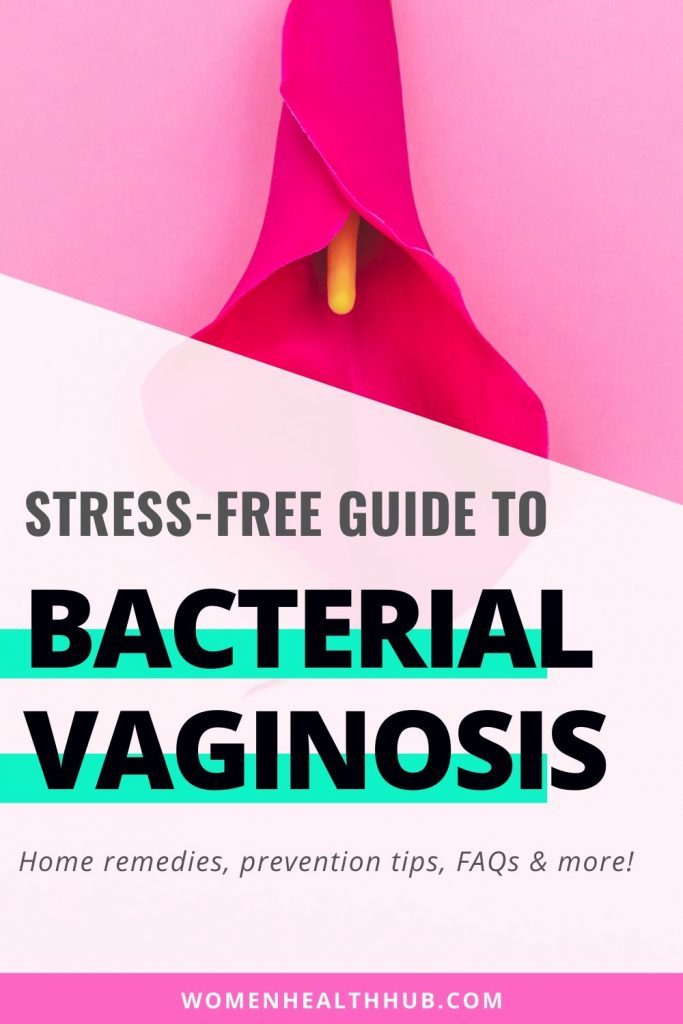
How is Bacterial Vaginosis Diagnosed?
If you’re experiencing BV symptoms for the first time, your doctor might conduct a thorough pelvic exam which includes inspecting the vagina to search for any signs of a bacterial infection.
You might also be asked to provide a sample of vaginal discharge to check for bacterial overgrowth in a lab.
Another method to diagnose BV is to find out the pH of your vagina by inserting a pH test strip to find out the acidity of the region. If the pH is 4.5 or more, there’s a high chance of BV.
How Can You Prevent Bacterial Vaginosis?
Here are some practical tips to help you prevent or reduce the risk of BV.
Tip #1: Avoid having many sex partners
For your safety, health professionals at CDC advise limiting sexual partners as it raises your chances of getting infected with Bacterial Vaginosis.
Tip #2: Skip sex entirely
Experts also recommend not to engage in sex for a while, particularly if you have sex with different people within a short time, have a history of STDs or STIs (Sexually Transmitted Infections), or experience any signs of BV.
Tip #3: Avoid using chemical products
Don’t douche or cleanse down there using soaps or other chemical-filled products as it can wreak havoc in the chemistry of your genital region. Again, pure water is fine to wash the vagina.
Tip #4: Enjoy protected sex
Best and probably the safest way is to use latex condoms properly before engaging in intercourse to reduce the spread of STDs.
Tip #5: Cotton underwear
Wear light cotton underwear instead of warm or coarse fabric as it’s more breathable and necessary to reduce bacterial spread.
Tip #6: Go for regular check-ups
The scary part is that many women with BV show no particular symptoms of the infection which makes it all the more dangerous. I’d recommend going to a trusted gynecologist for regular vaginal check-ups, especially if you’re sexually active.
What Are The Best Treatments for Bacterial Vaginosis?
Bacterial Vaginosis can be treated by using medications or adding nutritious foods to your diet.
Medicines
Your doctor might prescribe you antibiotics immediately to relieve the infection symptoms. A study in 2014 also recommended the use of probiotics to cure or prevent the risk of BV in women.
The medicines for BV are available in the form of a topical gel or cream that you can apply in the region. Or you can take them as capsules.
You should continue taking the advised medicines for as long as your doctor recommends. If you stop before the full dose, there’s a chance of BV recurrence.
Nutrition
Scientists discovered that increased saturated fat intake creates an ideal environment for BV by altering the vaginal pH and affecting the immune system. So it’s important to note the best and the worst foods for BV to reduce the risk of this infection.
Here’s a list of must-have foods for treating Bacterial Vaginosis naturally:
- Yoghurt
- Garlic
- Bananas
- Chocolates
- Whole-grain bread/rice
- Lentils
- Kimchi
- Leafy green vegetables
- Water
And here’s a list of foods to avoid if you have BV:
- All kinds of berries (cranberry, strawberry, etc)
- Fried foods
- Cheese
- All foods with high sugar
- Processed foods
- Refined/white wheat and rice
- Onions
- Asparagus
What Are Some Popular Bacterial Vaginosis Home Remedies?

The best option is to consult a health professional if you notice any signs of BV so they can start proper treatment right away.
Besides medication, you could try some of these trusted & proven natural home remedies to treat Bacterial Vaginosis symptoms.
1. Garlic supplements:
Garlic is nature’s best antibacterial root. Many people in ancient times used garlic as herbal medicine to kill viruses and bacteria.
A study in 2014 proved that garlic supplements are an effective home remedy for BV. Avoid inserting raw garlic in the vagina though; it might increase the burning sensation.
These are the best garlic supplements to treat BV that have been tried & tested by health experts:
- Garlique Dietary Supplement 60 Capsules Buy Here
- BRI Nutrition Garlic 120 Capsules Buy Here
- Horbaach Odorless Garlic Softgels Buy Here
2. Apple cider vinegar:
Some women also bathe in apple cider vinegar water to naturally treat BV. Although there’s limited research on the effectiveness of lactic acid to cure bacterial infections, a few studies so far show that using cider vinegar has a fast-acting effect on BV.

3. Boric acid suppository:
Boric acid is yet another traditional home remedy for treating fungal and bacterial infections. Women have been using boric acid to treat BV for years because of its antibacterial and antifungal properties.
A 2011 study published in the Journal of Women’s Health shows that boric acid has a 40 to 100% cure rate for Bacterial Vaginosis. Safe to say, it’s an effective treatment.
You might have seen boric acid in the white powdery form. For the record, you can’t insert the powder directly in your vagina — that’s dangerous and could cause further complications.
Instead, you can use boric acid suppositories which are OTC capsules filled with boric acid. Wash your hands and insert these capsules into your vagina using fingers or an applicator.
4. Tea tree oil:
A 2006 paper published in the International Journal of Aromatherapy showed remarkable benefits of using essential oils to kill vaginal bacteria or fungi.
Among others, tea tree oil is a good choice to cure Bacterial Vaginosis. You can create a combination of tea tree oil with coconut, lavender, or olive oil and use it to massage the inside of your vaginal region.
Read More: Safe Bacterial Vaginosis Natural Remedies
Can You Get Bacterial Vaginosis in Pregnancy?
A CDC study shows that almost 1 million pregnant women get infected with BV every year in the US.
That’s because, during pregnancy, your body’s immune system weakens and undergoes different hormonal changes. Thus, unprotected sexual activity with various partners can make pregnant women prone to BV.
If you notice any symptoms of BV during pregnancy, consult a doctor immediately. Failure to do so might increase the risk of premature birth, miscarriage, and low weight of newborns.
Read More: 7 Signs of Gestational Diabetes
FAQs About Bacterial Vaginosis
This is a list of FAQs for Bacterial Vaginosis so you can find answers to common questions about this infection.
Is BV an STD?
No, BV is not a disease but a bacterial infection that’s caused by a chemical imbalance in the vagina leading to bacterial overgrowth. You can get BV from an infected female.
What is the difference between BV and yeast infection?
The main difference between BV and yeast infection is in the discharge. BV discharge is thin in consistency and often green or gray with a fishy smell. Yeast infection discharge is thick and white with no significant smell.
What’s the difference between BV & Trichomoniasis?
Unlike Bacterial Vaginosis which is a bacterial infection of the vagina, Trichomoniasis or Trich is a parasitic STD that spreads among partners during intercourse. Both have almost the same symptoms. Women with BV are often at high risk of Trich.
What is BV discharge like?
BV discharge has thin consistency (much like water) and is often grey, green, or yellow with a strong fishy odor.
Is BV painful?
Bacterial Vaginosis often causes a burning sensation in the vulva or vaginal region. Inflammation while peeing is a common sign of BV.
Can BV cause sores?
BV does not cause any lumps or sores. It could be a sign of another vaginal issue.
What is the normal pH for BV?
An acidic vaginal environment promotes the growth of harmful bacteria. If your vaginal pH is 4.5 or more, you might have BV.
Can I have BV without any symptoms?
Yes, many women who have BV might not display any symptoms in the beginning. That’s why it’s recommended to go for a periodic vaginal check-up to ensure everything down there is healthy.
What are the alarming signs of BV?
Green or gray vaginal discharge with a foul, fishy smell, bleeding, or strong burning sensation while peeing are serious signs of BV. If you notice any of these signs, contact a health professional.
Can BV during pregnancy harm my baby?
Although it’s rare, in severe cases where BV is left untreated or you suffer a sudden recurrence of BV during pregnancy, you might experience preterm labor or deliver a baby with low weight. In some cases, babies can also be born with meningitis.
How is BV diagnosed?
Diagnosis of Bacterial Vaginosis involves a sample test of vaginal secretions to check bacterial breeding in a lab. Doctors might examine your pelvic region, particularly inside of the vagina. There may be a vaginal pH test as well.
Can BV cause UTI?
Not necessarily but sometimes the bad bacteria from your vagina can enter the urinary tract and lead to UTI (Urinary Tract Infection). Scientists have also discovered that the same bacteria that cause BV can often trigger old UTIs in women.
Can I get BV from public toilets or swimming pools?
No, BV does not spread through public toilets or pools.
The Bottomline
I hope you found this article useful and informative. Have you or anyone you know ever experienced BV? How did it feel like and what treatments did you follow? Did you try any effective alternative therapies to cure BV?
Please feel free to share your thoughts in the comments section below.
References:
- https://pubmed.ncbi.nlm.nih.gov/30624309/
- https://www.cdc.gov/std/bv/stats.htm
- https://jpma.org.pk/article-details/1795
- https://pubmed.ncbi.nlm.nih.gov/21774671/
- https://www.cdc.gov/std/bv/stdfact-bacterial-vaginosis.htm
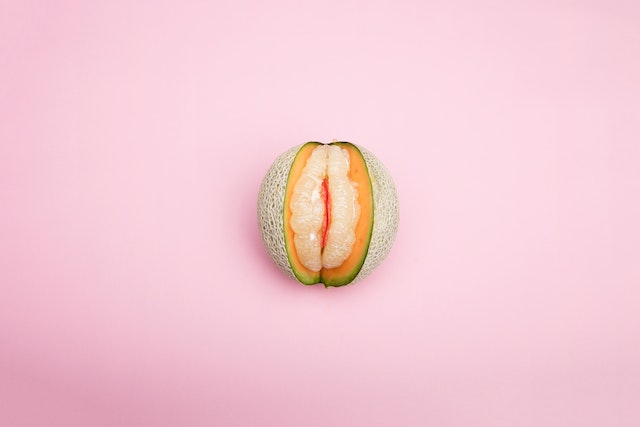
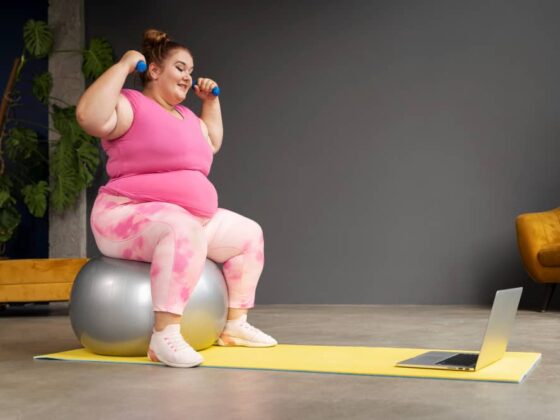


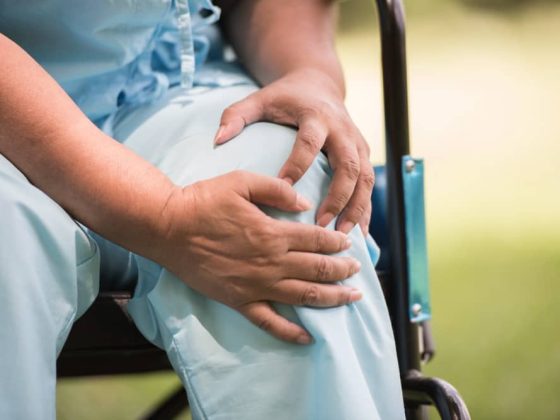

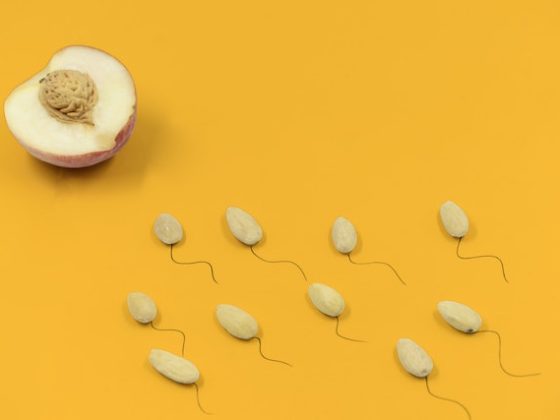
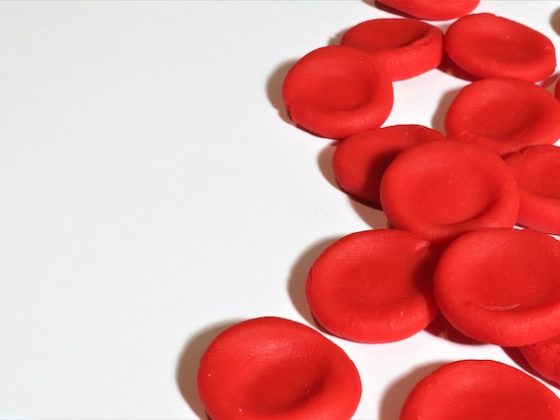
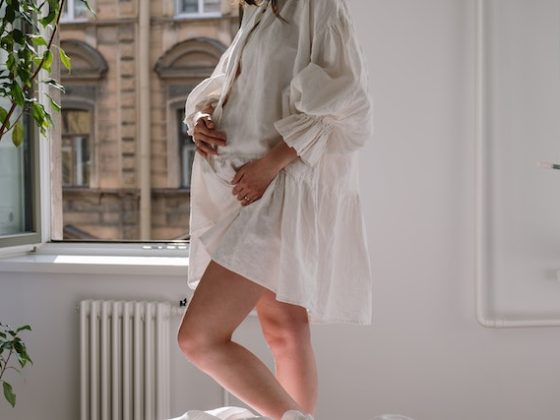
1 comment
there are several ways that cause bacterial vaginosis, but the beginning is yeast which means your eating habit. if you want to control it is important that watch your meals.